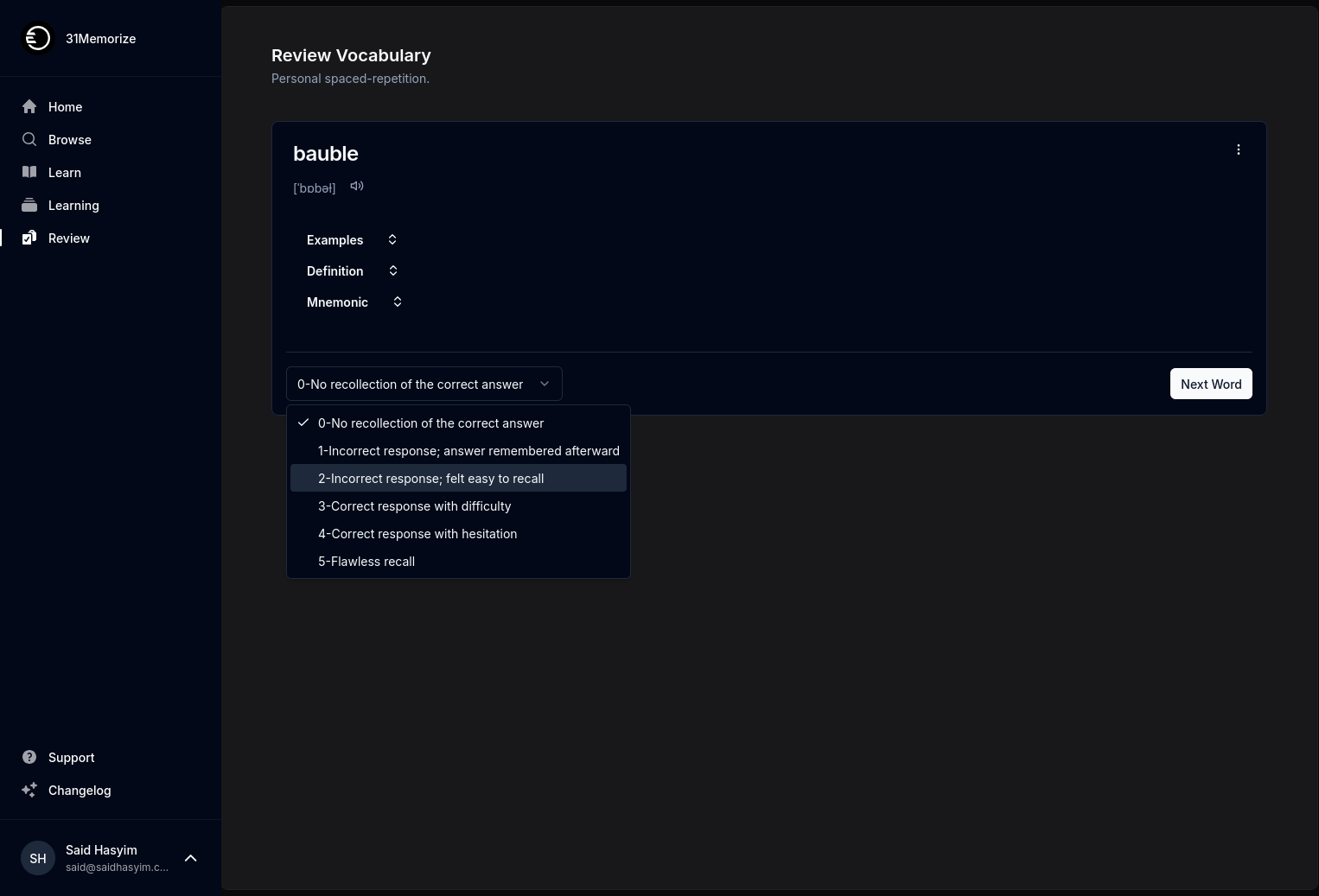Engaging Readers: The Importance of Feedback Channels
In today's fast-paced digital world, content is produced and consumed at an incredible rate. From blogs and articles to videos and podcasts, the sheer volume of information available can be overwhelming. As content creators, writers, and marketers, our primary goal isn't just to create engaging content; it’s also to ensure that our readers feel heard, valued, and actively engaged. This is where feedback channels come into play.
What Are Feedback Channels?
Feedback channels are mechanisms through which readers can share their thoughts, opinions, and suggestions about your content. They can take many forms, including:
- Comments sections: Enabled on blog posts or articles.
- Surveys and polls: Distributed through email newsletters or social media.
- Social media reactions: Likes, shares, and comments across various platforms.
- Email feedback: Direct communication through a feedback or contact form.
- User-generated content: Encouraging readers to contribute their own stories or experiences.
Constructing effective feedback channels is crucial for fostering a community around your content and can enhance the overall reader experience.
Why Feedback Channels Matter
1. Understanding Your Audience
Feedback channels provide invaluable insights into the preferences, interests, and concerns of your readers. By analyzing this feedback, you can gain a deeper understanding of what resonates with your audience. For instance, if numerous readers express interest in certain topics through comments or polls, you can tailor your future content to meet these demands.
2. Encouraging Engagement
When readers know that their opinions matter, they are more likely to engage with your content. Feedback channels create an interactive environment where readers feel a sense of belonging and investment. This encourages them to return, participate in discussions, and even share your content with others—fostering a sense of community around your brand.
3. Improving Content Quality
Constructive criticism is one of the most valuable aspects of feedback channels. If readers find a significant issue or provide suggestions for improvement, this feedback can guide your content creation process. Whether it's refining your writing style, correcting factual inaccuracies, or enhancing the visual appeal of your posts, constructive feedback allows you to continuously elevate the quality of your content.
4. Building Trust and Loyalty
When you actively seek out and respond to reader feedback, you send a message that you value their opinions. This transparency develops trust with your audience and positions you as an approachable, reliable source of information. As readers become more devoted to your brand, their loyalty can translate into long-term relationships and advocacy.
5. Adapting to Changes in Trends
In an ever-changing digital landscape, the interests and needs of your audience may shift over time. Feedback channels serve as a pulse check for these changes, enabling you to adapt your content strategy accordingly. By listening to your readers, you can stay relevant and ensure that your content continues to meet their needs.
Best Practices for Implementing Feedback Channels
1. Make Participating Easy
The easier it is for readers to provide feedback, the more feedback you’re likely to receive. This means streamlining the process—whether it’s through a quick comment section, a simple poll, or an accessible email link.
2. Be Responsive
Acknowledging and responding to feedback is essential. Whether it's a simple “thank you” or a thoughtful reply to a specific comment, showing that you value readers’ input fosters a sense of community. Engaged readers feel heard and appreciated, which enhances your relationship with them.
3. Analyze and Act on Feedback
Collecting feedback is just the first step—acting on it is what truly matters. Regularly review the feedback you receive, identify common themes, and implement changes accordingly. For example, if many readers request more case studies or examples, consider integrating those into your future posts.
4. Encourage Constructive Feedback
While praise is always welcome, constructive feedback is what drives growth. Encourage readers to provide detailed suggestions about what they liked, what could be improved, or new topics they’d like to see covered. You might consider guiding their thoughts by providing specific questions to consider when giving feedback.
5. Utilize Multiple Channels
Different readers may prefer different methods for providing feedback. Offering multiple channels—such as a comments section, social media interaction, and email—ensures that you’re able to capture a diverse range of opinions and suggestions.
Conclusion
Feedback channels are more than just a means of collecting opinions; they are integral to creating a fulfilling and engaging reader experience. By valuing and incorporating reader feedback, content creators can foster a sense of community, adapt to audience needs, and continuously improve their offerings.
Creating and maintaining effective feedback channels may require effort and dedication, but the rewards are worth it. By listening to your readers, you not only enhance your content but also build a loyal and engaged audience that feels invested in your success. In an age where connection and authenticity are paramount, feedback channels could very well be the key to unlocking lasting relationships with your readers.
So, as you move forward with your content creation journey, remember that the voices of your readers matter. Embrace feedback, engage your audience, and watch your content thrive.
